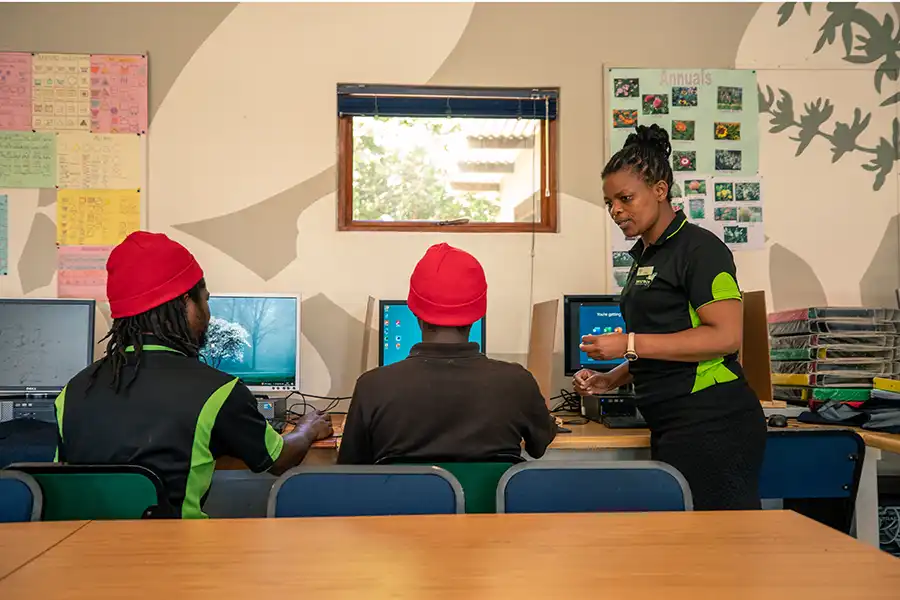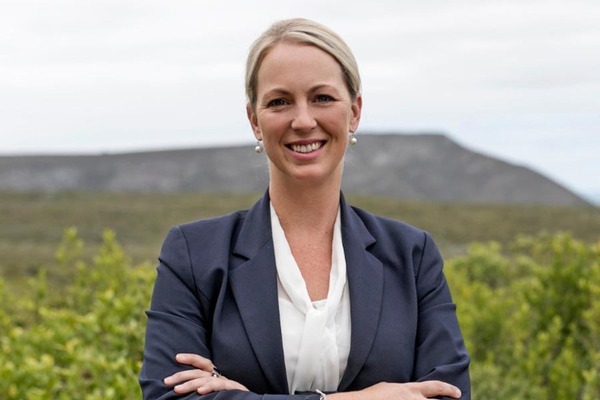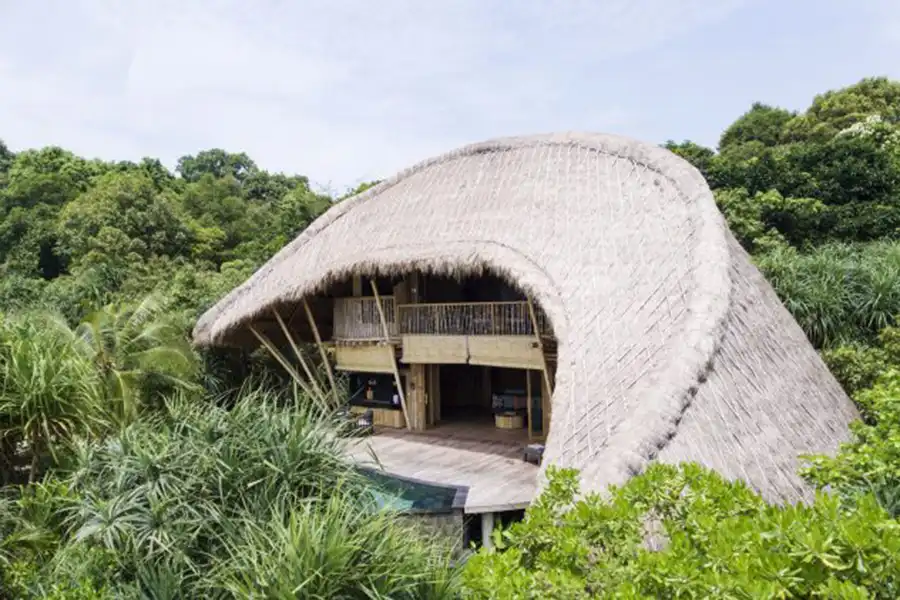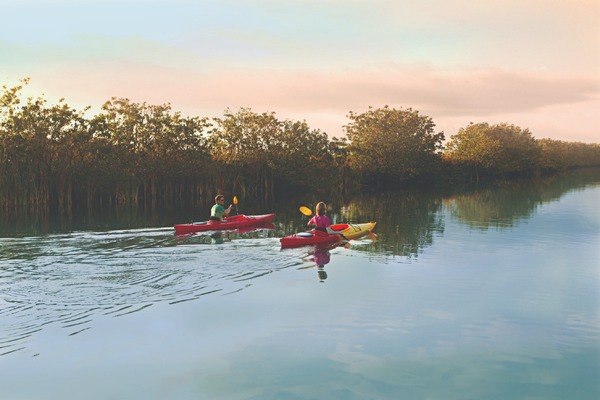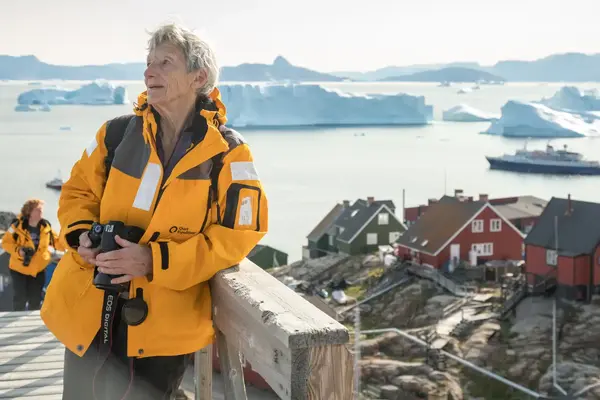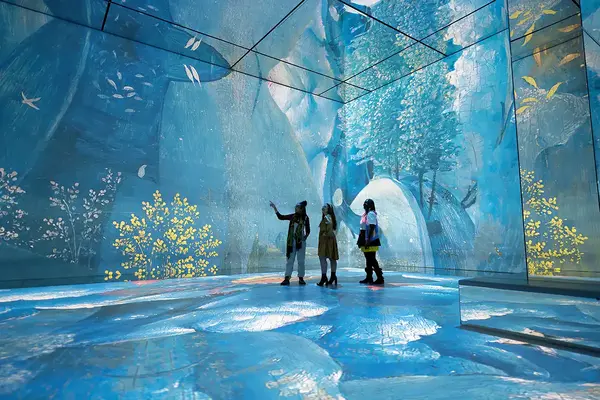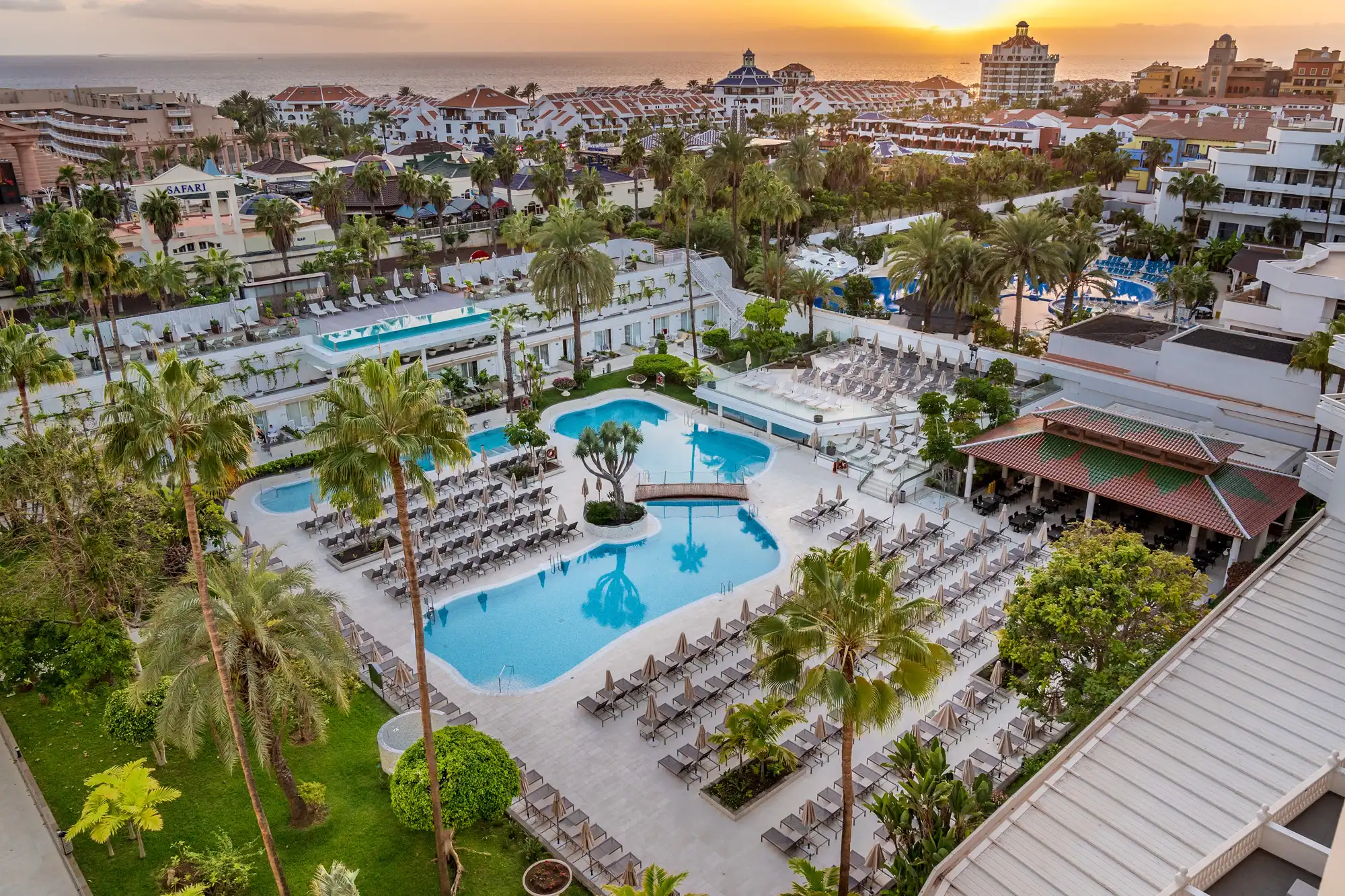The killer question: should we save jobs or save the earth?
 Katherine Masters
Katherine MastersIn a world confronted with a climate crisis, how does the tourism industry balance the benefits it can generate with the harm it can cause, writes Julie Cheetham, co-founder and managing director of Weeva
As the summer holidays approach, demand on travel agents and tour operators is shifting gear dramatically, with many families wanting to jet off to far-flung destinations.
Tourism is one of the world’s largest industries, with millions of people traveling every year to experience new cultures, environments, and attractions. While the renewed appetite for travel is good news for the communities attracting the current wave of tourists, the impact of these trips poses a significant problem to our environment.
As awareness of climate change grows, the industry – which contributes up to 11% of global greenhouse gas emissions according to the World Travel & Tourism Council – is increasingly facing pressure to minimize its impact on the environment.
The Glasgow Declaration for Climate Action in Tourism, agreed back at COP 26, included a target to halve carbon emissions by 2030.
Around the world, support is growing for a just transition – one which mitigates the effects of climate change on the most vulnerable. When it comes to travel, we must ensure that rather than cutting-off long haul destinations from the rest of the world, we work with them and enable governments and tourism boards to support destinations to become greener, and so preserve the livelihoods of those employed.
The world’s population doesn’t want to stop travelling, and nor should we – the economic damage would be terrible, and travelling is one of the great joys of life. Instead, we must find a way to balance the economic benefits of tourism, while mitigating damage to the environment. These are not mutually exclusive goals. Before the pandemic, tourism created one in four new jobs globally and accounted for 10.3% of all jobs, according to the World Travel & Tourism Council.
In Africa alone, tourism employs nine million people, and it’s estimated that for each person employed, 10 people are supported. That’s 90 million people positively impacted, in the least developed continent in the world.
During the global pandemic tourist destinations around the world were hit hard by the sudden and prolonged travel restrictions. Low-skilled workers, from cleaning staff to gardeners found themselves without work in economies that had no safety net and no furlough schemes – struggling to provide for their families. The pandemic prompted serious soul-searching in the travel industry – and created an urgent imperative to achieve sustainability goals without creating further challenges for workers.
One organisation that is leading the charge is the UNWTO, through its Transforming Tourism for Climate Change initiative. It aims to help the tourism sector tackle climate change challenges by promoting sustainable tourism practices, increasing destination resilience, and raising awareness among tourists. Its goal is to ensure tourism continues to support economic growth and job creation while minimizing environmental impact and promoting a transition to a low-carbon economy.
Travel is changing – in the future we may see planes powered by biofuels or even solar. But the industry cannot wait for the big leaps in technology when there are so many small steps ready and waiting to happen. Change will come from a series of smaller steps and considered actions– carried out at scale – which reduce the impact of tourism, without reducing the number of tourists.
This means measuring and minimizing carbon emissions, reducing waste and pollution, conserving water and energy and protecting natural habitats. There are so many simple actions that individuals and organizations can take to improve their sustainability without incurring significant costs, such as switching off lights when not in use, installing water butts, and choosing locally produced food and products. These actions can also help boost businesses’ resilience to future shocks.
Weeva has shared a few case studies of eco-committed properties who are leading by example, which can be used by agents to educate themselves on what sustainability looks like on the ground. These range from Tswalu Kalahari Reserve, Grootbos Private Nature Reserve and Morukuru Beach Lodge in South Africa to Sustainable Sri Lanka consulting and advocacy group and Cempedak Island in Indonesia.
Eighty per cent of the tourist industry is made up of small and medium-sized enterprises; they rarely have budgets to employ sustainability professionals and given the complexity of the subject, many are confused about where to start with change. Governments and tourism authorities must come together to educate and support these hoteliers to become greener and grow a resilient industry that provides jobs and sustains livelihoods.
With the right training and knowledge, the industry can manage and reduce its impact on the planet – allowing millions of travellers to enjoy rewarding and responsible trips, that provide economic opportunity for millions around the world.
How you can make an impact as a travel agent
1. When selecting hotels and lodges for your clients, dig a little deeper to see if they have a sustainability section on their website showing their impact. Award extra points if this is backed up by science and data in a system like Weeva or recognised by a reputable certification.
2. When booking long haul trips, try to book direct flights on lower carbon airlines, and encourage people to travel in economy, pack lighter, stay longer, and offset their carbon footprint. Make that flight count by ensuring your tourism spend is mindful of uplifting local people and helping to conserve that environment or culture.
3. If there are options on the ground to use other modes of transport, rather than booking flights, recommend them as an alternative. Book a slow train across Africa, a walking safari, or exploring areas by e-bikes.
4. Encourage your clients to visit out of season and to venture a little off the beaten track to reduce overtourism.
5. Avoid booking any kind of animal interaction activities and rather opt for immersive experiences that encourage genuine cultural exchange, or learning about a local community, conservation and ecotourism.
Sign up for weekday travel news and analysis straight to your inbox

Katherine Masters
Supplier Directory
Find contacts for 260+ travel suppliers. Type name, company or destination.
